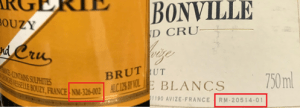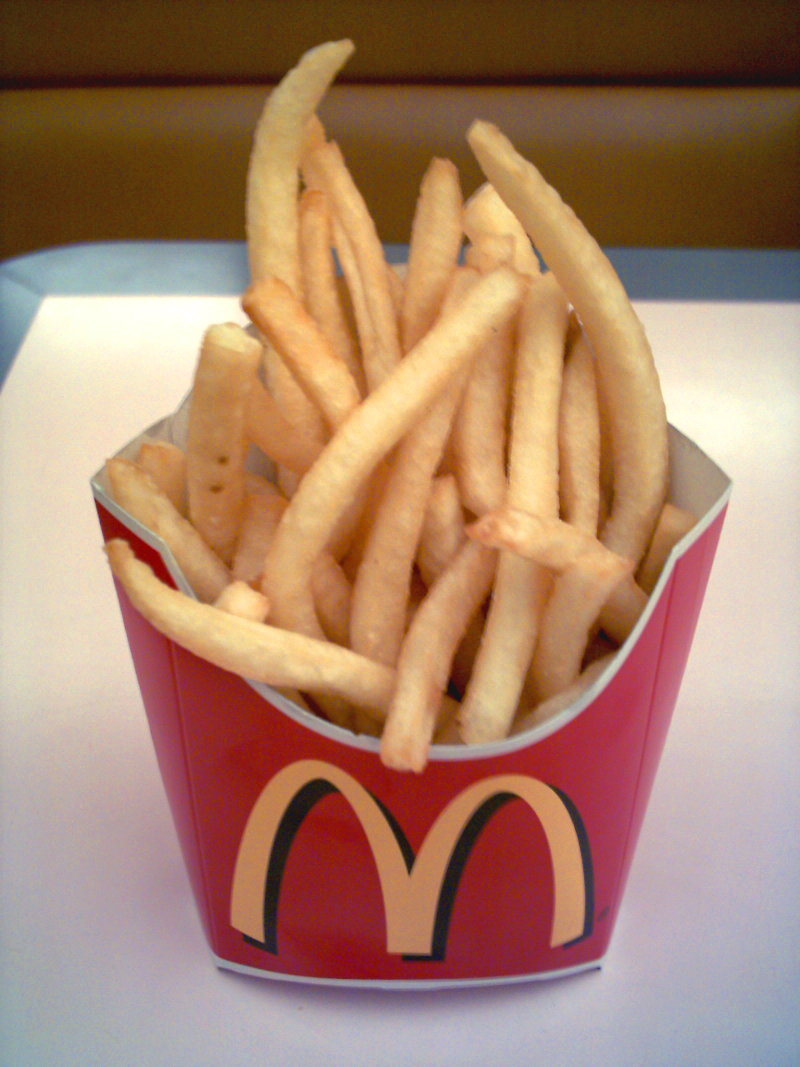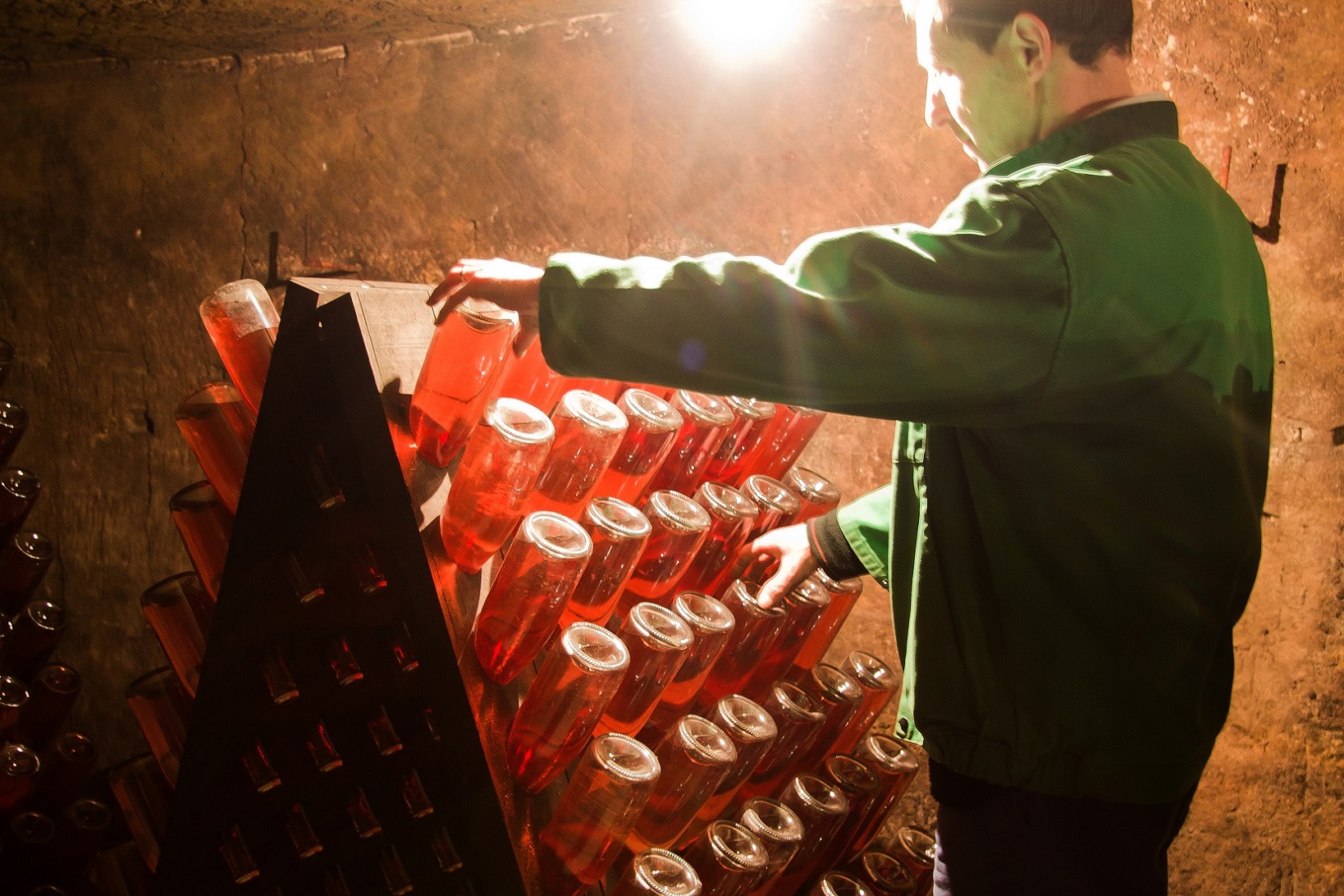
The world of wine has a long history of influential women.
It’s entirely possible that the first “accidental winemakers” were women who were responsible for gathering fruit and storing them in jars that would later start fermenting. Ancient cultures are awash with stories of wine goddesses like Paget, Siduri and Renen-utet.
In more recent history, we have the notable widows of Champagne and the trailblazing women winemakers of California as well as numerous other women figures from across the globe.
But for me, no woman in wine has been more influential than British Master of Wine and writer Jancis Robinson.
Independent Woman
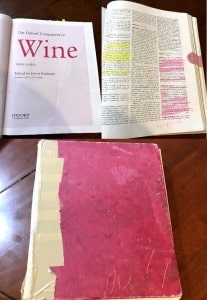
My very well loved and well used 3rd Edition of the Oxford Companion to Wine.
Robinson studied mathematics and philosophy at St. Anne’s College of Oxford University, graduating with a Masters degree in 1971. Her original goal was to write about fashion but tasting a 1959 Chambolle-Musigny Les Amoureuses at Oxford enchanted her with the world of wine. In 1975, she accepted a position as an assistant editor for Wine & Spirit trade publication where she worked till 1980. During this time she began her studies for the Wine & Spirit Education Trust–earning the Rouyer-Guillet cup as the top Diploma student in 1978.
In 1983, she helped launched The Wine Programme on British television which was the world’s first television series dedicated to the topic of wine.
Initially, the diploma level was the highest level that a person outside the wine trade could achieve. But, in 1984, the Institute of Masters of Wine finally opened up the MW exams to non-trade personnel. Jancis Robinson was one of the first to take the exam. She passed on her first try–the first non-trade professional, male or female, to earn the title. She was the 11th female Master of Wine, following in the footsteps of Sarah Morphew Stephen who was the first in 1970.
In 1990, Robinson became the wine correspondent for the Financial Times. By 1994, she was editing the first edition of the Oxford Companion to Wine. While managing a team of contributors that ballooned up to 167 by the time the 3rd edition came out in 2006, Robinson personally wrote more than a third of the almost 4000 entries. It has been described by The Washington Post as “the greatest wine book ever published.” In 2015, a 4th edition was released.
Irreplaceable
2006 was also the year that I discovered my own passion for wine–at Disney World’s Epcot Center of all places. Touring around the different food pavilions, my 24-year-old palate fell in love with the Valcklenberg Madonna Riesling. It wasn’t 1959 Chambolle-Musigny Les Amoureuses, but that was enough to get me hooked and wanting to learn more.
I’ve had my geeky proclivities since I was a child, reading for fun things like the Encyclopedia Britannica in my free time. I loved getting lost in what I called “red text journeys” where I started reading an entry, following one of the capitalized red text words to a subsequent entry and so forth till I hit a dead-end. Then I would pick another entry and start again.
It was at Barnes and Noble when I first laid eyes on the beauty that was the Oxford Companion to Wine. The new pages smelled divine and my eyes lit up as I saw all the different entries (and RED TEXT WORDS!) Here was my new Brittanica! Of course, I flipped straight to the Riesling entry which covered three pages.
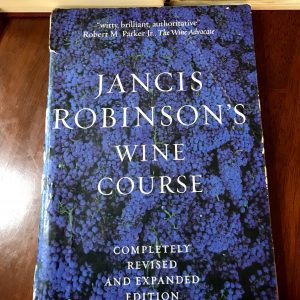
Another well loved and well marked up tome.
Bringing it home, I started following the red text words from Riesling to German History to Wild Vine to Phylloxera to Bordeaux and on along an endless ride that touched nearly every corner of the world of wine. The history entries and wine regions particularly enticed me as I saw a web connecting my fascination with history and geography to this continuing story about wine. It was a story that I wanted to put more in context which led me to Jancis Robinson’s Wine Course.
Crazy In Love
It was about 2007 when I purchased the DVD series and companion book. I watched the ten episodes with my wife, but the book was all mine to mark up and annotate to my heart’s desire. Here I learned some of the nitty-gritty details about tasting wine, deciphering wine labels as well as learning how grape varieties and place intertwined. From interviews Robinson had with people like Dominique Lafon, Lalou Bize Leroy, Didier Dagueneau and Randall Grahm, I learned more about the stories of the people behind the wine which made the time and effort they put into the bottle come to life for me.
It was also at this time that I slowly started moving away from the comfort of my sweet Rieslings to drier whites and then finally reds. How could I not? Watching Jancis enjoy and describe these wines made them too irresistible to not want to try at least!
My “crush on wine” was becoming full-blown love at this point and I started entertaining ideas of pursuing a career in wine.
In 2008, I left working retail management and dived head first into achieving my first certification with a Certified Specialist in Wine (CSW) from the Society of Wine Educators. That opened the door to working as a wine steward for a major grocery chain. Unfortunately, that chain didn’t have much commitment to training and furthering the wine knowledge of its stewards, but I didn’t despair. I had Jancis Robinson.
By this point my collection of her books had expanded to include Vines, Grapes & Wines: The Wine Drinker’s Guide to Grape Varieties and the 5th Edition of the World Atlas of Wine which caused me to audibly squeal with joy when I discovered the used copy I bought on Amazon came signed by both Robinson and co-author Hugh Johnson.
All the Single Grapes
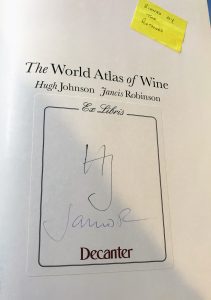
I startled my wife when I opened the cover of the World Atlas of Wine and saw this.
She thought there might have been a spider!
I became an active contributor to Wikipedia’s Wine Project as User:Agne27 where I set about to substantially rewrite and expand many of Wikipedia’s wine articles–with my trusty Oxford Companion to Wine at my side. When Jancis Robinson, Julia Harding and José Vouillamoz released their magnum opus of ampelography and geekdom, Wine Grapes, that became another immensely valuable tool. Until the sexism and politics of Wikipedia drove me away, I was pretty darn committed to creating a Wikipedia entry for all 1,368 grapes that Robinson and Co. enlivened my world with.
In 1200+ articles I worked on for Wikipedia, I don’t think there was a single one that didn’t reference one of Robinson’s works. In my opinion, she was the benchmark standard for reliability when it came to wine. While I found other wine authors and references, if there was ever a conflict of sources, I always went back to Robinson as the most authoritative word on the matter.
For the most part, I toiled away in the obscurity of crowd-sourcing–not expecting any recognition. But I have to admit that my heart did flutter a bit when I read a 2015 post by Jancis Robinson on her Purple Pages about What future for expertise? where she noted that she often finds the Oxford Companion cited at the bottom of Wikipedia articles.
I know that reference wasn’t exactly meant to be a compliment.
But she noticed!
Though I always tried my best to rewrite and regurgitate into my own words what I learned, I do feel that my frequent citations of her work are a testament to the unpayable debt I have to her. I wanted people who visited Wikipedia to see the Oxford Companion to Wine, Wine Grapes and her other works cited. I learned so much during those years and it all comes back to Jancis Robinson.
And I’m still learning from her.
All you have to do is look at the word cloud at the bottom of this blog’s front page to see how large the font is for the Jancis Robinson tag. She is still my benchmark standard and, frankly, my hero. To me, she’s bigger than Beyoncé.
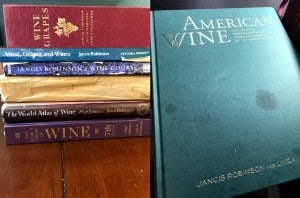
A growing collection. Each one as marked up, highlighted and wine-stained as the next.
The 1500+ words in this post can never do justice in encapsulating all the many ways she has inspired and encouraged me in this journey. I can only dream of ever accomplishing a fraction of what she has done. But everything that I will end up achieving, anyone that I will ever inspire to fall in love with wine and thirst to learn more will be because of Jancis Robinson.
I’m working on the WSET diploma level and, someday, I hope to join Jancis in the ranks of 125+ female Masters of Wine. If I ever do get to that point and go to London to get my MW, you better believe that I will be packing my trusty 3rd Edition of the Oxford Companion of Wine.











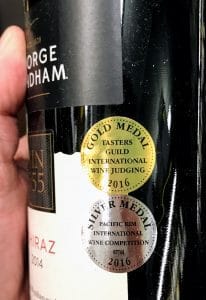
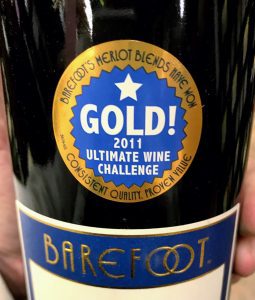
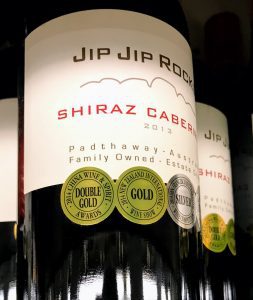
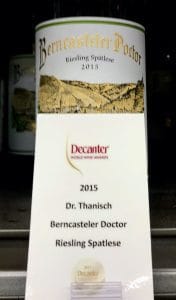


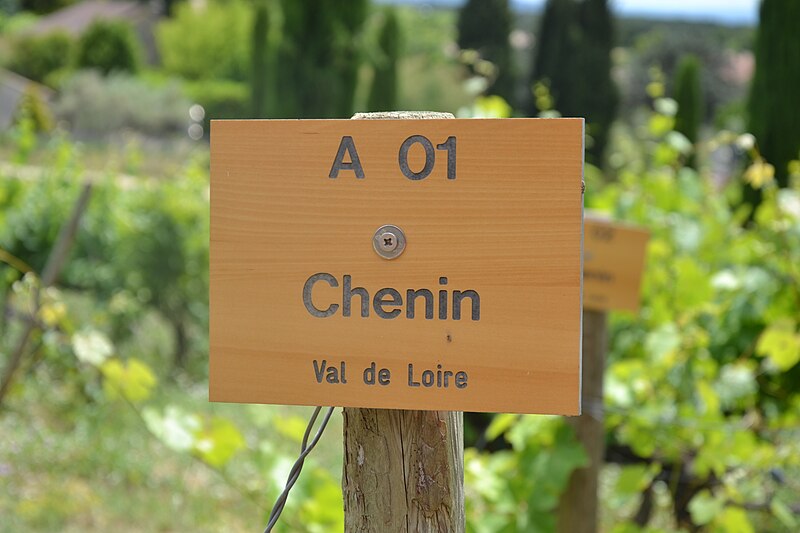
 I’m doing research on how effective wine competitions are for wineries and how much they may benefit consumers. This is what I’ve been reading today.
I’m doing research on how effective wine competitions are for wineries and how much they may benefit consumers. This is what I’ve been reading today.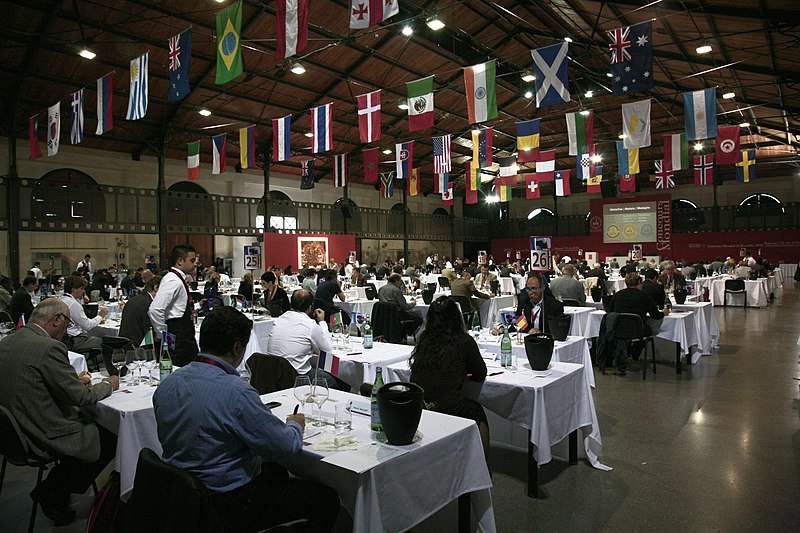
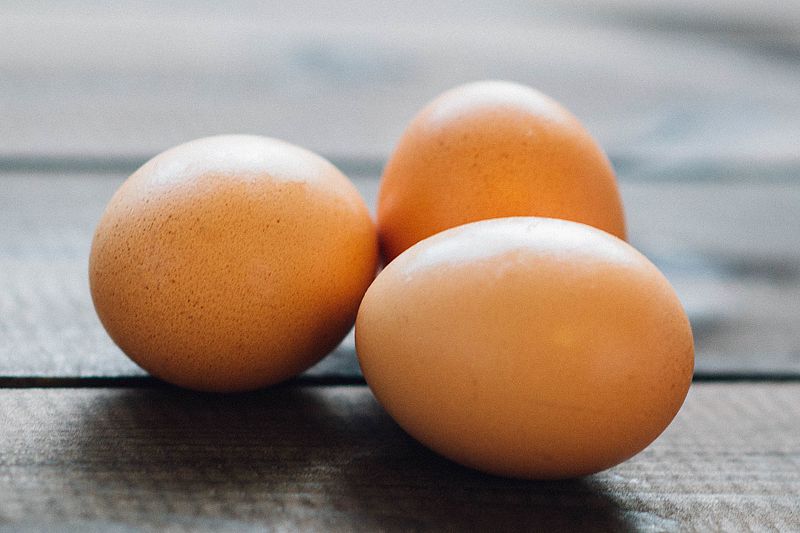
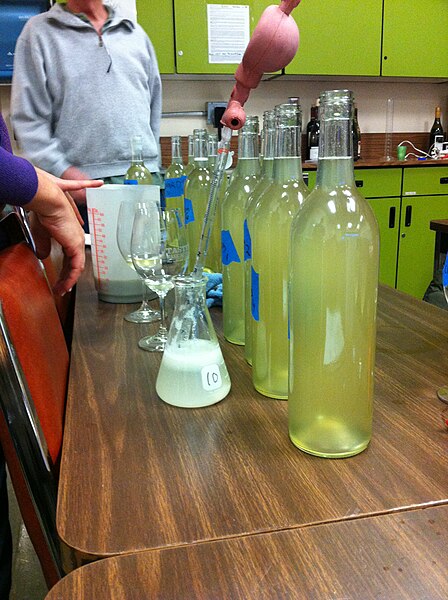
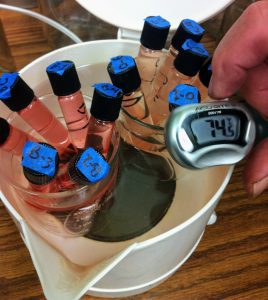



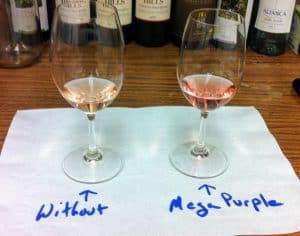
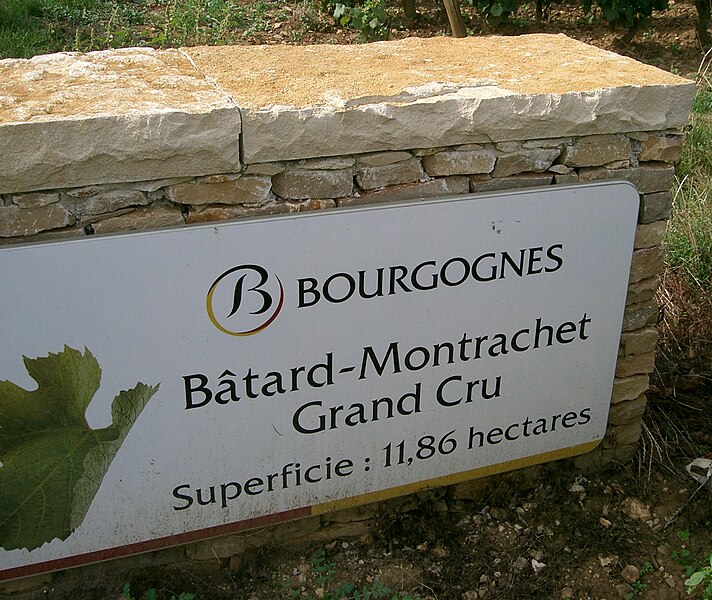 As with our first edition
As with our first edition 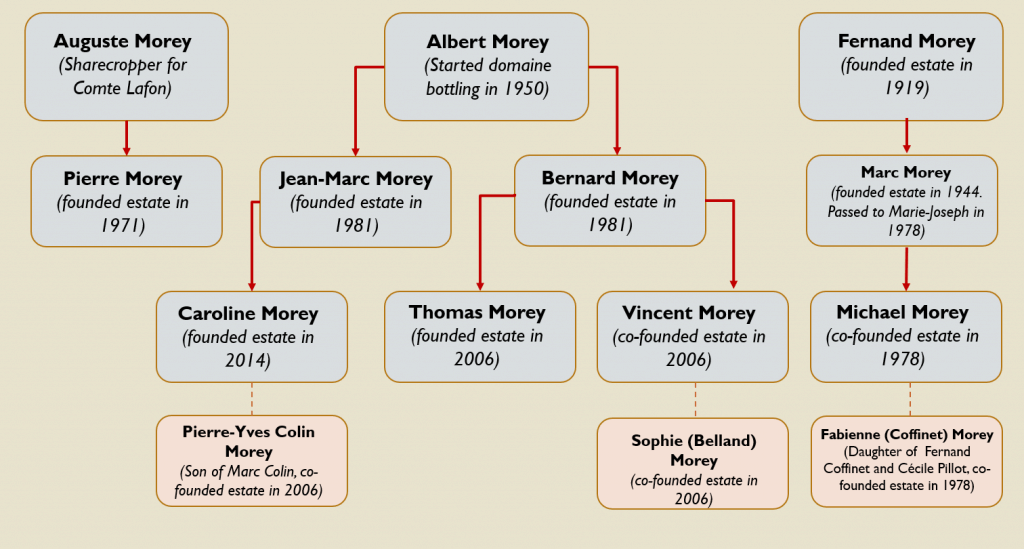
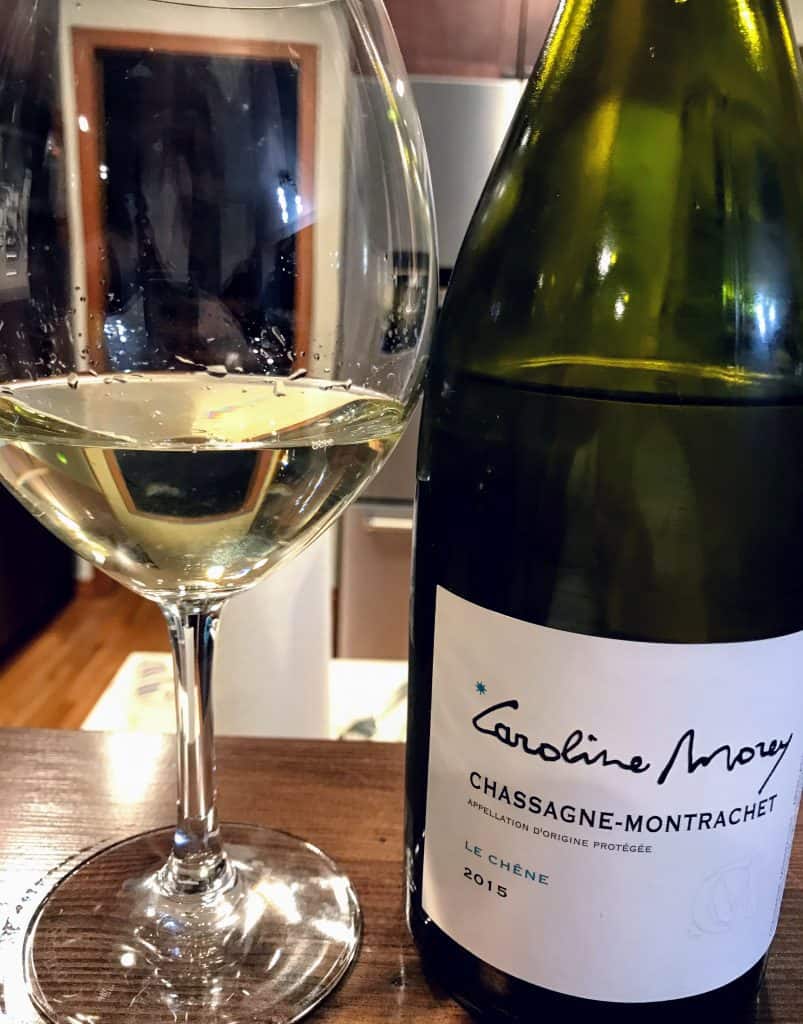
![By Joseph Faverot - [1], Public Domain, on Wikimedia Commons](http://spitbucket.net/wp-content/uploads/2018/01/Wikimedia-Champagne-clow-242x300.png) Last week I got into a bit of a tizzy over some ridiculous things posted by a so-called “Wine Prophet” on how to become a “Champagne Master.” See
Last week I got into a bit of a tizzy over some ridiculous things posted by a so-called “Wine Prophet” on how to become a “Champagne Master.” See 
